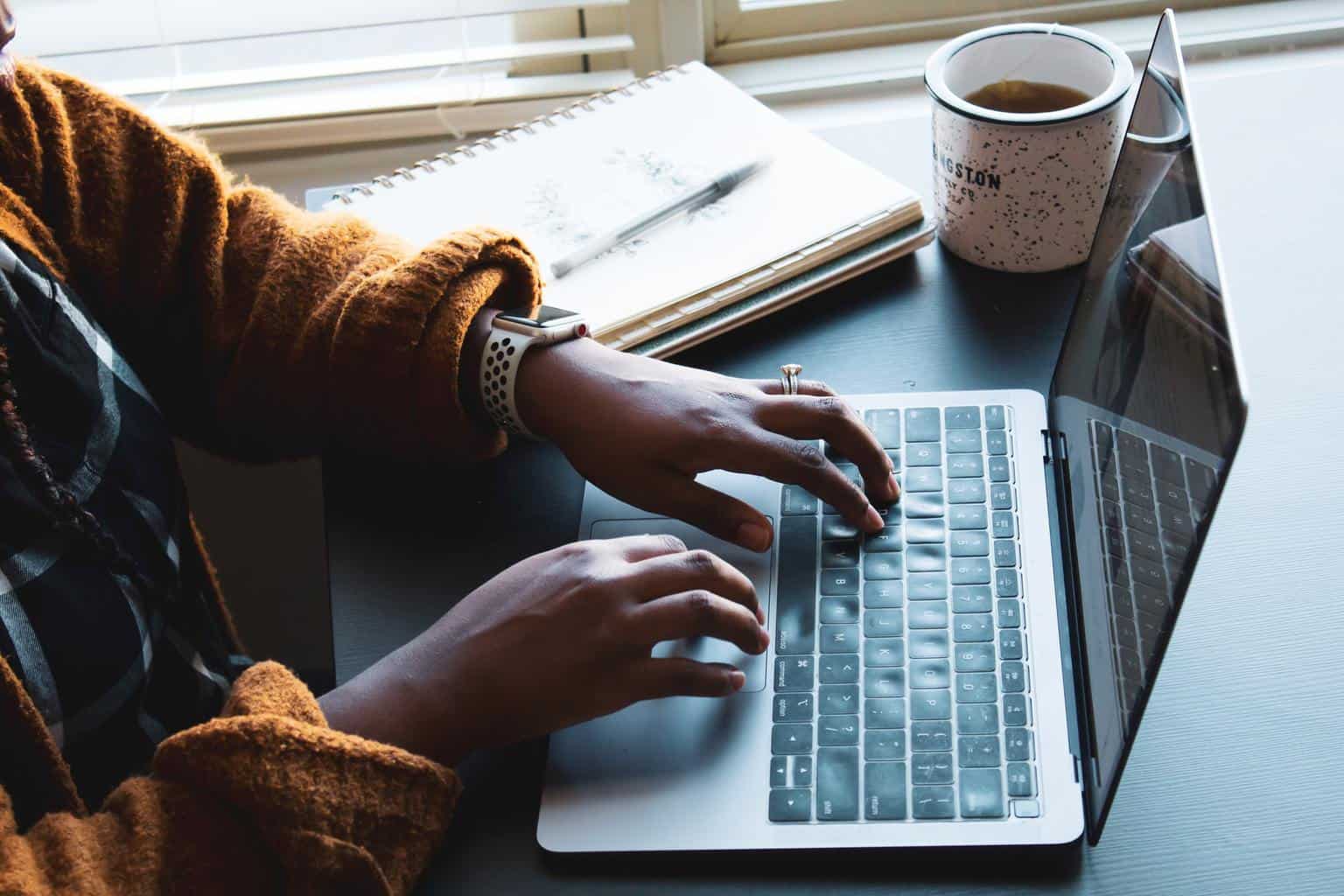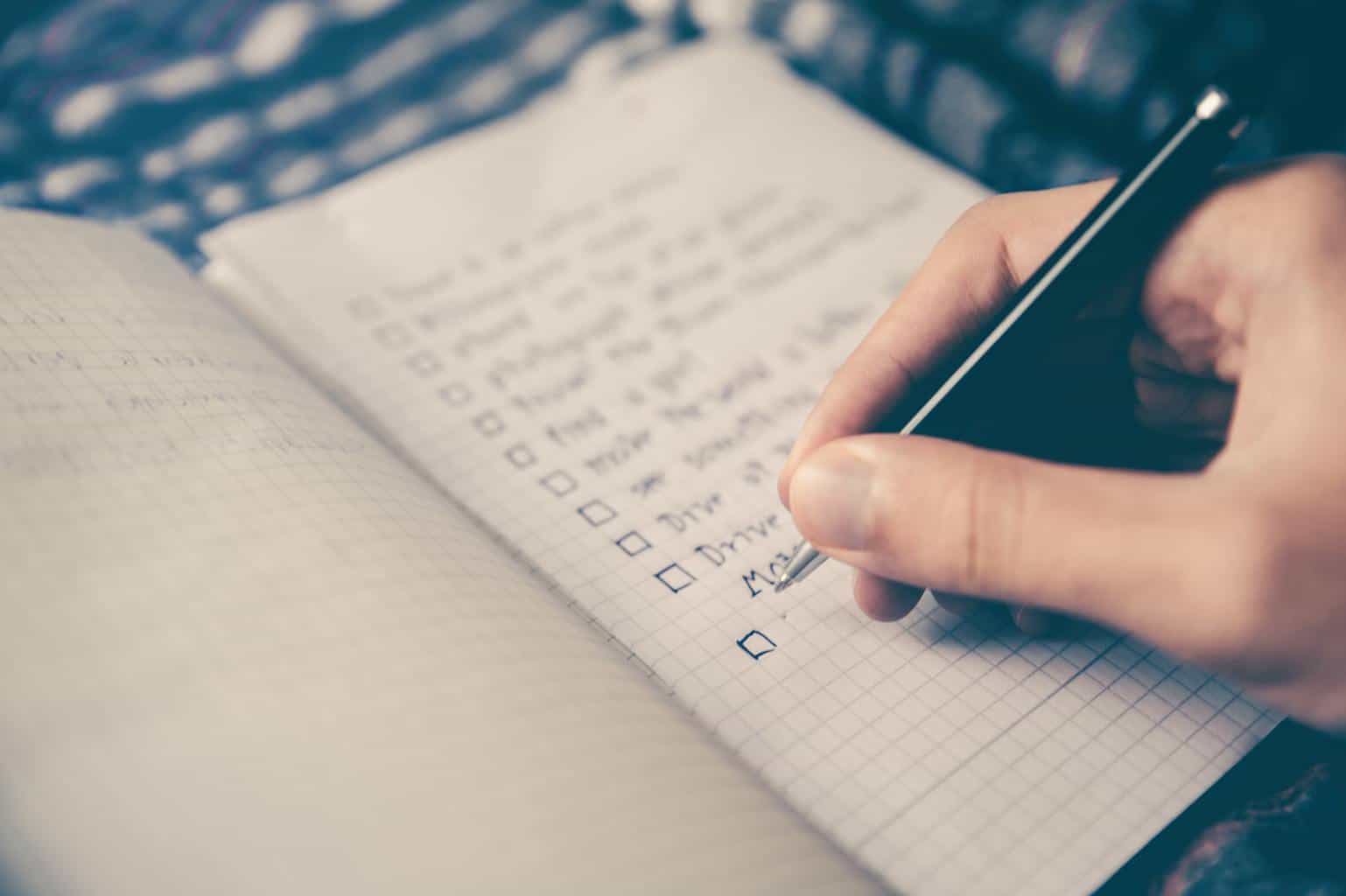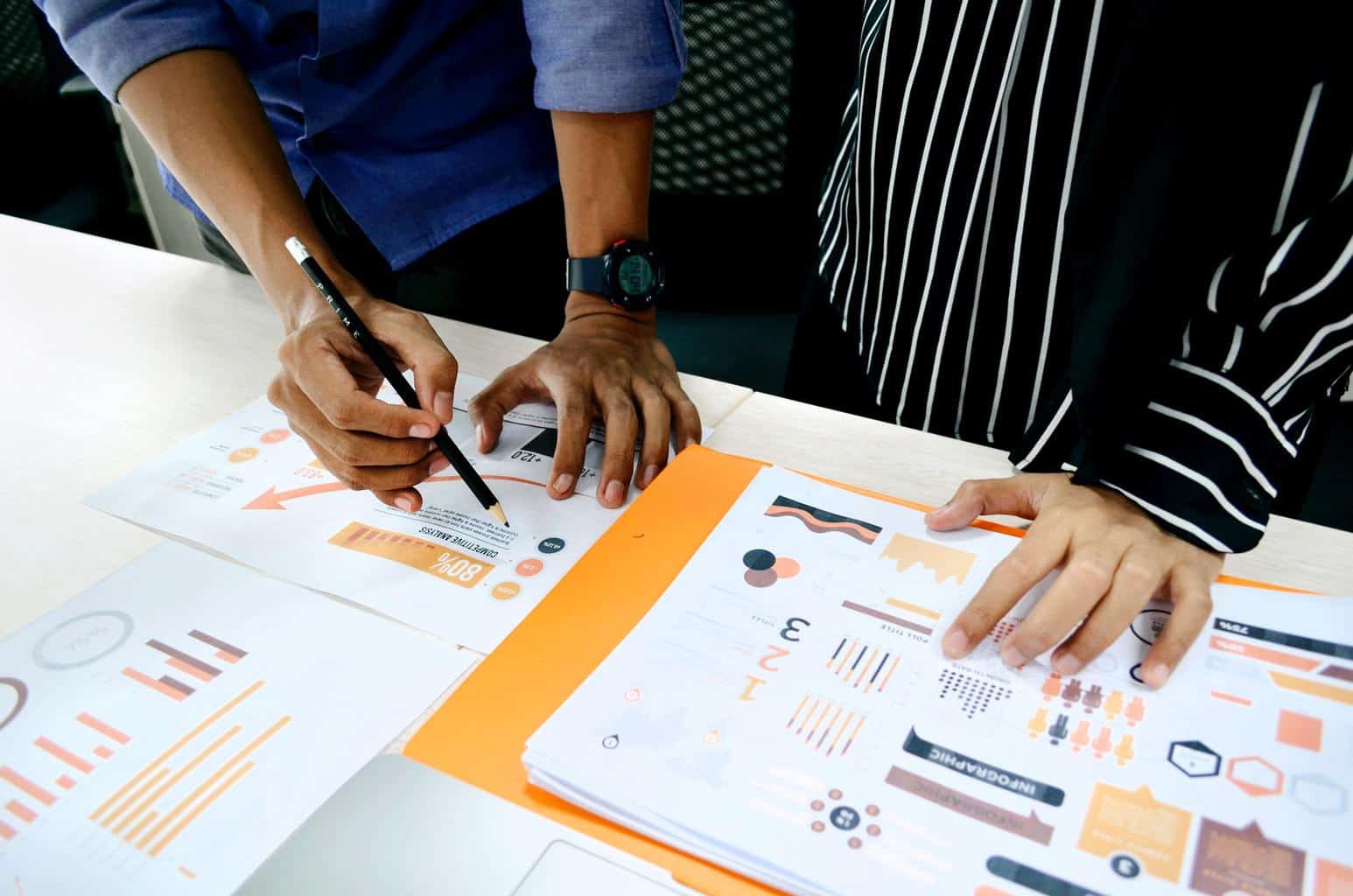
29 Jan Five Steps to Perform Usability Testing
The best way to grow a business is to offer an outstanding product that’s easy to use. While it sounds simple, achieving that is very challenging, but not impossible. Continuous product improvement helps businesses meet clients’ expectations.
Implementing improvements that matter is only possible by communicating with clients. That’s why usability testing is such an exemplary process for product development.
Keep reading to learn more about usability testing, when to do it, and what steps to take to make it a success.
Table of Contents
What Is Usability Testing
 Usability testing is a process that lets businesses test their platforms through various stages of development. While every project goes through a lot of planning, no team can anticipate all the bugs, malfunctions, and design flaws that pop up.
Usability testing is a process that lets businesses test their platforms through various stages of development. While every project goes through a lot of planning, no team can anticipate all the bugs, malfunctions, and design flaws that pop up.
Usability testing serves to discover any unforeseen issues with your product. However, taking the proper steps is essential to ensure that you make the best use of the process by knowing how to manage customer feedback and collect it.
That’s where usability testing tools are beneficial. Their role is to simplify the procedure. Features that come included make it easier to plan the session, record the whole process and analyze the data.
These tools are helpful for different types of methods such as:
- Moderated — If there’s a moderator with the person going through the test, it’s called moderated testing.
- Unmoderated — Unmoderated tests mean that the usability tester is alone throughout the process. These tests must include all the relevant details about the testing procedure and feedback to compensate for the absence of a moderator.
- In-person — If testers visit your lab to take the test, it’s considered an in-person usability test.
- Remote — When the user takes the test from their location, the usability test is considered remote.
Before we continue to make the proper usability testing steps, let’s briefly examine when you should test your product.
Know When to Test Your Product
Performing the usability test is beneficial in several stages of product development. You can use this testing approach for:
- Idea viability check — A usability test can help you determine whether an idea you have is viable.
- Mid-development — Ensuring you’re on the right path is essential for the success of your project. Deploy usability testing while working on your platform to identify space for improvements.
- When performing an audit — If you’re not happy with how your product is performing, it might be a sign of an issue the users are experiencing. Use testing to see what’s causing the problem and make a redesign that delivers better results.
No matter what stage you’re at, you can test your product to make improvements for your users. Here are the steps to help you conduct effective usability testing with the right results.
1. Determine a Goal
 Starting your usability testing journey means determining the goals you want to achieve. Without creating a firm goal, you won’t be able to design a test at all. Some ideas to consider are:
Starting your usability testing journey means determining the goals you want to achieve. Without creating a firm goal, you won’t be able to design a test at all. Some ideas to consider are:
- Meeting ease of use
- Achieving higher conversion rates
- Lowering bounce rates
- Measuring the complexity of the checkout process
- Evaluating your platform’s performance of mobile devices
Use these ideas to create achievable and measurable goals with your usability testing. Once you finish testing, the data should answer the questions that’ll point you in the right direction.
2. Create a Thorough Session Guide
A guide is the foundation of your usability testing session. It should include all the relevant details about the testing process. The first part should guide test makers and moderators, whereas the second should be for the tester. When you’re planning the structure of your sessions, there are several points to consider.
They are:
- What are you going to test?
- Who is your target audience?
- Which questions will get the answers you’re seeking?
- Where will you conduct the test?
- What will the schedule look like?
- Will the test be moderated or unmoderated?
- Who’ll conduct the testing?
- Which session recording software will you use?
You need to answer all these questions before taking the next step. They will help you create a scenario that puts the tester through actions that put your platform to the test.
There are two critical things to consider:
- Scenario with detailed steps — Use scenarios to instruct your testers on naturally. For example, if you’re running an eCommerce website, you could create a scenario where a user needs to purchase a piece of clothing for a themed party. They end up on your site, and it’s time to make a purchase. Record how the process will go.
- Easy-to-follow feedback form — You’ll get plenty of user behavior data via session recording software, but adding forms to your test that request feedback on particular tasks will add valuable insights.
Take your time to plan every step of your usability testing session. It’s the only way to honestly evaluate the functionality of your platform and get the essential data. However, while you’re in this process, you can simultaneously take the next step: searching for the test takers.
3. Search for Participants
 You can use several ways to find the participants for your usability test. The crucial point is to get your target audience to participate in your test. Getting opinions from potential users will make the results more accurate. Here’s how you can do it:
You can use several ways to find the participants for your usability test. The crucial point is to get your target audience to participate in your test. Getting opinions from potential users will make the results more accurate. Here’s how you can do it:
- Begin with colleagues, friends, and family
- Create a prominent application form on your website
- Share your needs on social media
- Contact your clients and request their feedback
- Outsource the whole process to a third party
Opting for either of these approaches will allow you to get enough participants for your testing efforts. However, the process will largely depend on the size of your business. If you’re a new one, you’ll be limited to people you know or an agency to assist you.
4. Run the Usability Test
After everything’s ready, it’s time to run the test. Here are a couple of things to check when testers start working on it.
- Make the tester feel comfortable — Once the tester is on your premises, it’s time to help them relax. Ask them about everyday activities such as how their day is going. A friendly conversation will make them feel at home.
- Take notes — Remember to take notes during the test. Note down the tester’s questions, body language, and any other cues you notice. If you can, record the conversation to revisit it later on. (Request recording permission)
- Ask for feedback — After the tester finishes every task, politely request their feedback through a form or a set of questions you’ve prepared. Record all the answers to discover relevant details about their usability experience.
Following these practices will help you gather all the essential information from your testing session.
5. Analyze Results
 After you finish the testing process, it’s time to sit down and analyze all the data you’ve gathered. Pay attention to patterns that point to any issues with your product. You can sort the issues according to their priority and solve them one by one.
After you finish the testing process, it’s time to sit down and analyze all the data you’ve gathered. Pay attention to patterns that point to any issues with your product. You can sort the issues according to their priority and solve them one by one.
Concluding Thoughts
Consistently working on perfecting your product is an ongoing process that requires a lot of dedication. Usability testing is a perfect example of a demanding process that covers every nook and cranny of your platform and discovers a wide range of potential issues.
If you want to see whether your eCommerce homepage design is working well, or you want a better checkout process on your website, running a usability test will be helpful. Use the process to thoroughly examine every step of your buyer’s journey and apply fixes to improve it gradually.
About the author
Lindsey Allard is the CEO of PlaybookUX, a video-based user feedback software. After seeing how time-consuming and expensive gathering feedback was, Lindsey made it her goal to create a solution to streamline the user feedback process. https://www.linkedin.com/in/lindseyallard2/



No Comments